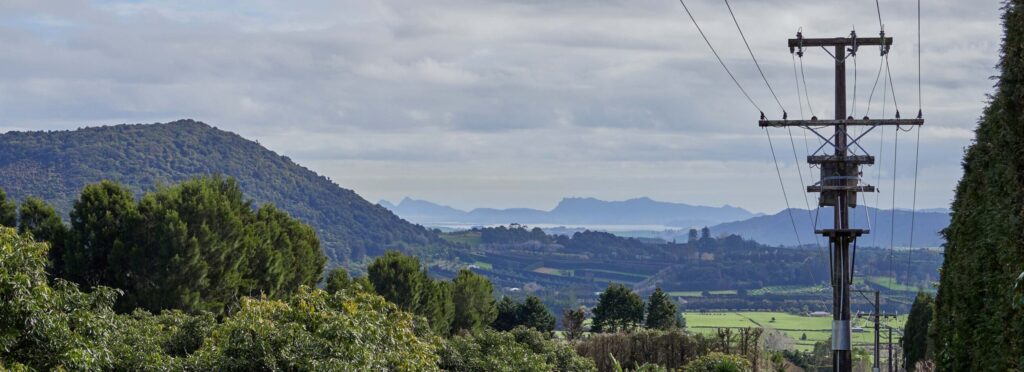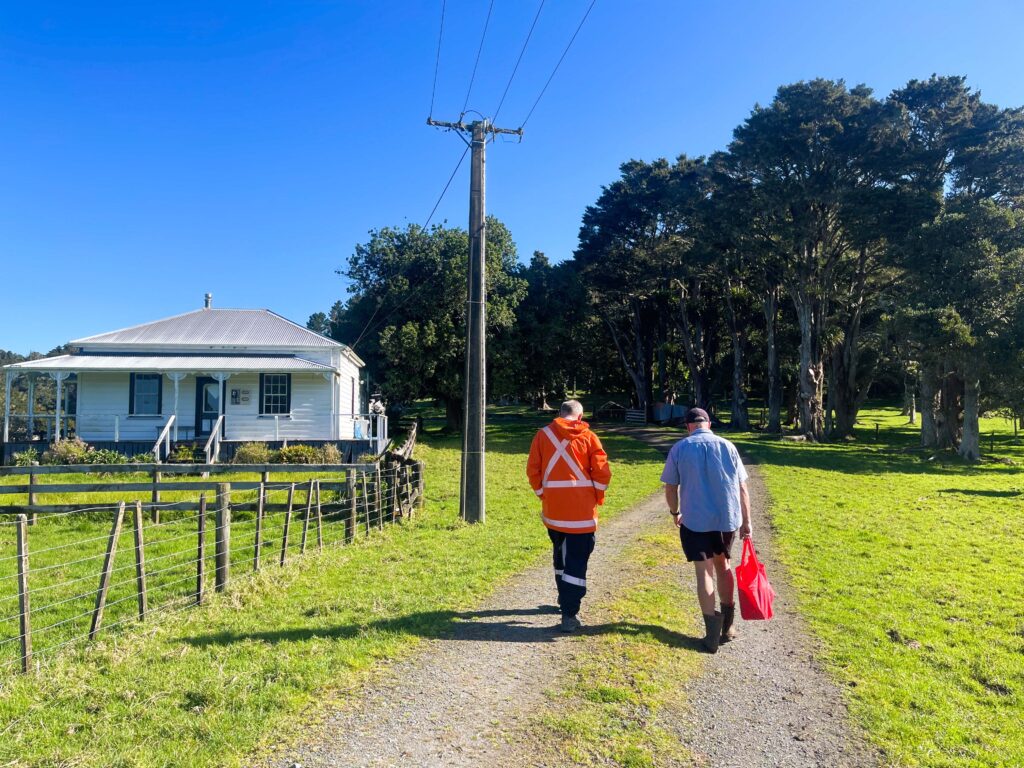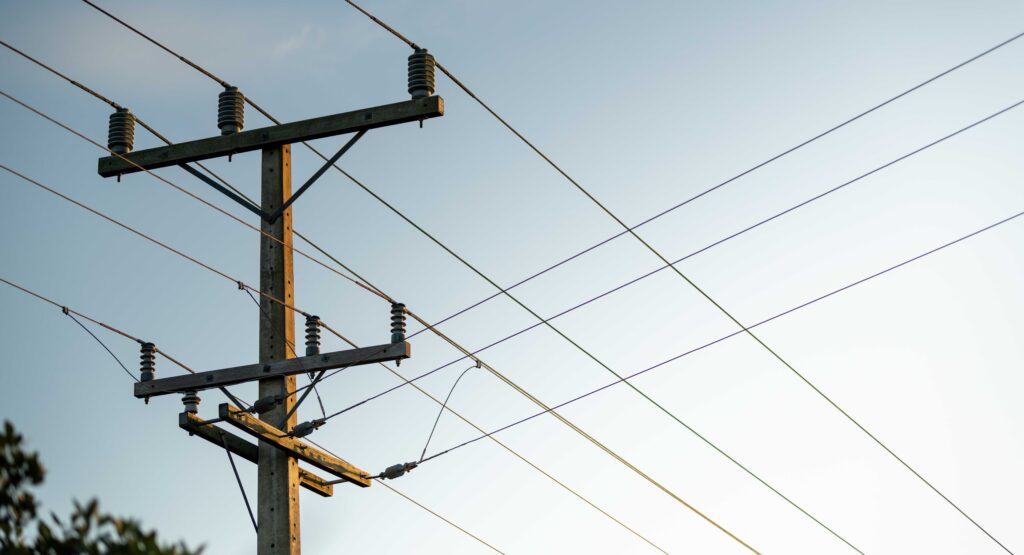
Working around electricity
Working safely around your property
Planning some DIY or maintenance work at home? Whether you’re digging, building, painting, installing lights, or working on the roof, it’s important to be aware of both overhead and underground power lines.
There is a real risk of electrocution, explosion or fire if you hit or come too close to power lines or cables. Read on to stay safe and follow the right steps before you start.
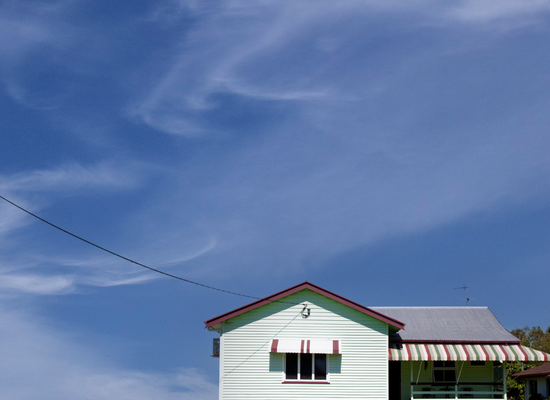
Overhead line safety
Overhead service lines connect your home or business to the street network. These lines can be easily overlooked during activities like:
- Roofing or gutter repairs
- Painting or water-blasting
- Tree trimming
- Installing lights or signs
- Working from scaffolding or ladders
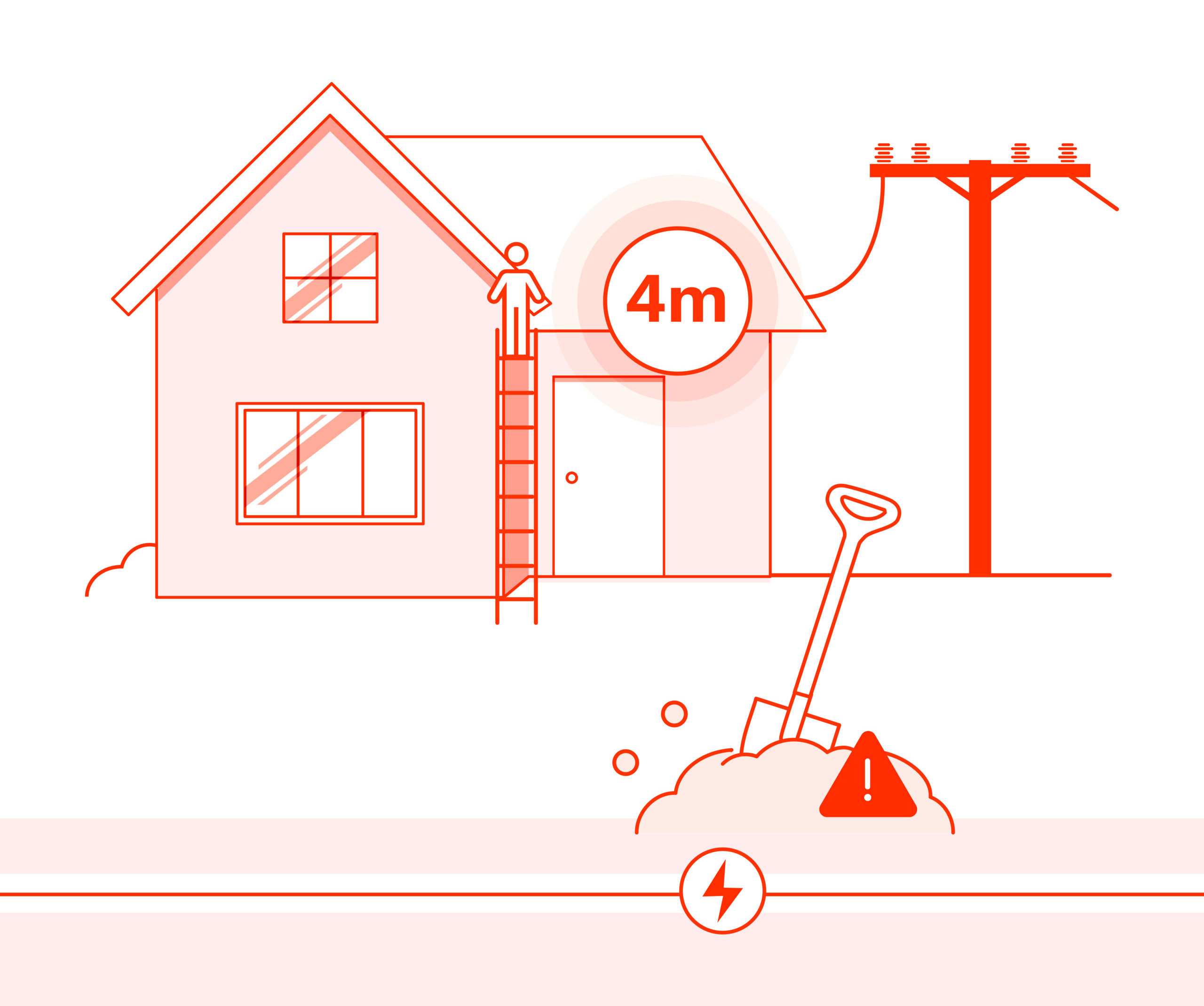
Follow these steps to stay safe
- Always stay at least 4 metres away from power lines.
- If you’re planning to work near overhead power lines, contact us for a safety disconnection – this service is free with at least 2 working days’ notice.
- If you’re working closer than 4 metres to power lines, you must apply for a Close Approach Consent. We’ll assess the site and issue a permit if it’s safe.
- Planning to build near power lines? Check the NZ Electrical Code of Practice (NZECP 34:2001) to ensure safe distances.
For disconnections related to building removals or demolitions, please also disconnect gas and allow 2 days to process your request.

Underground power safety
Power cables can be buried at varying depths, from just under the surface to over 1.2 metres deep. Striking a power or communications cable can lead to serious injury, fire, or service disruptions.
Before you dig:
- Visit beforeudig.co.nz and request reference maps of underground cables.
- If your worksite is within 10 metres of underground cables, you must carry out a cable location.
- You can order a cable location from us here. Please call us if you need to locate underground cables urgently.
- For urgent work or requests outside normal hours, fault-finding on private service lines is available as a chargeable service.
- We’ll come to your site and dazzle the cable route on the ground
- Use potholing by hand to confirm the cable route where necessary.
- A safety observer may be required – we’ll let you know during the site visit.
You cannot dig or excavate within:
- 5 metres of a Northpower pole
- 2 metres of underground electrical or communications cables – unless you have a Close Approach Consent.
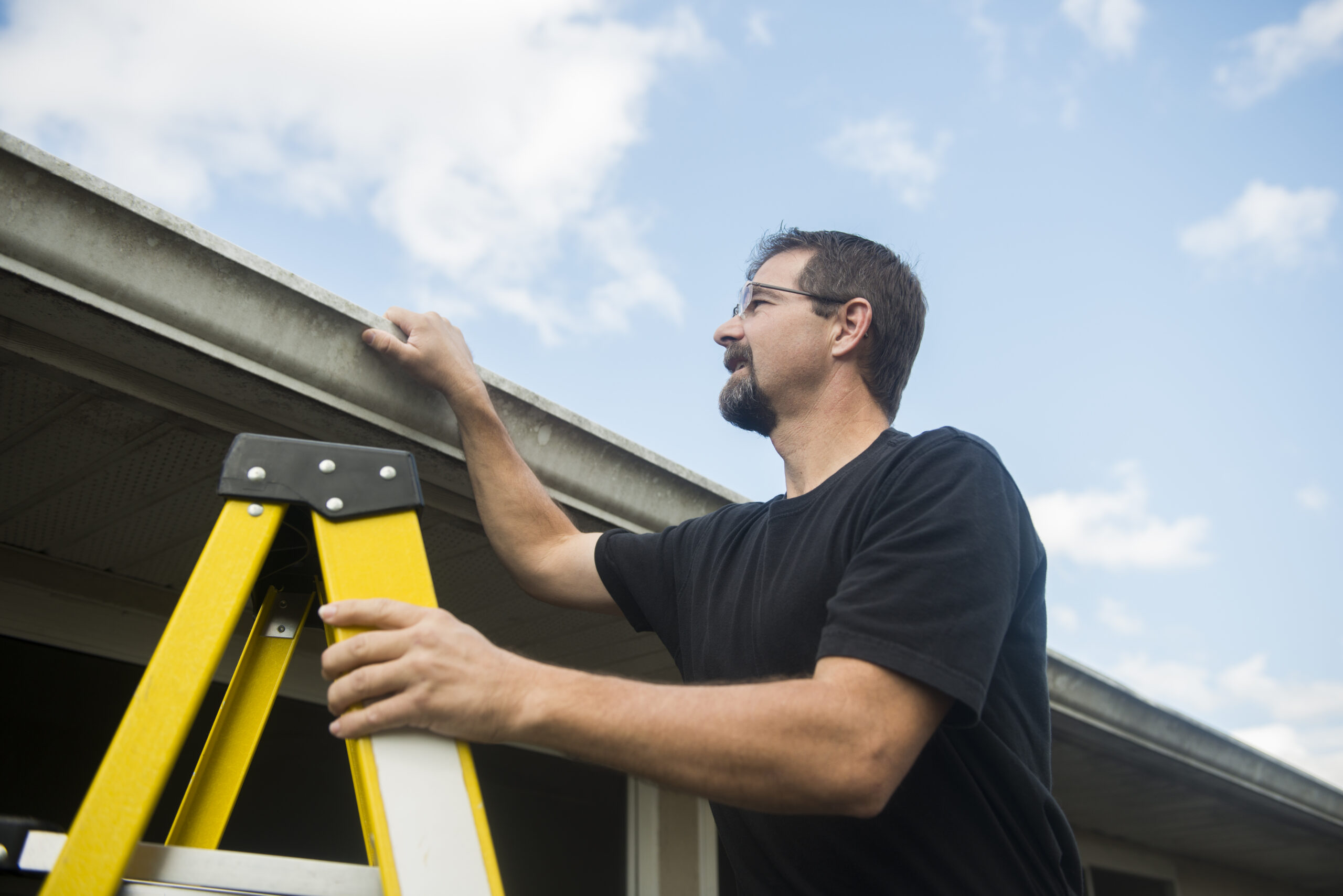
Trees, posts and other hazards
When working on your property, watch out for:
- Trees growing near lines (ask about a free temporary disconnection before trimming)
- For-sale signs or posts being rammed into the ground
- Brooms, tools, or ladders coming close to live lines
- Decorative lighting, cameras or other elevated installations
Communications cables can also be dangerous if struck, especially fibre optic cables, which may cause serious eye damage if exposed to direct laser light.

When you need a close approach consent
A Close Approach Consent is mandatory if you’re working closer than:
- 4 metres to power lines or boxes
- 5 metres to poles
Northpower offers a free safety assessment for your worksite. Contact us at least two working days in advance to schedule a visit.
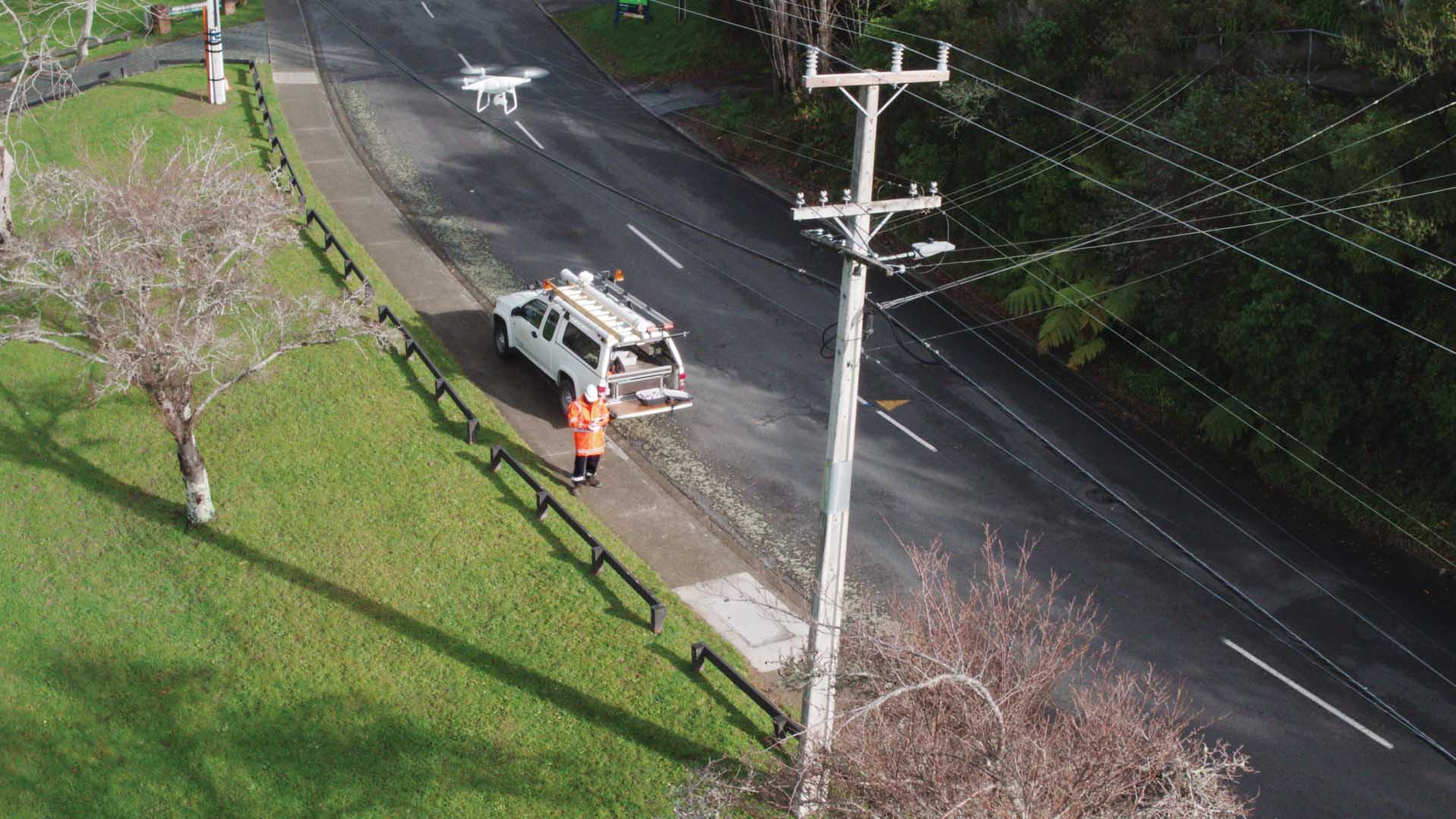
More considerations
- The actual location and depth of cables may vary from maps due to previous earthworks.
- Follow WorkSafe’s Guide for Safety with Underground Services and Excavation Safety Good Practice Guideline
- Use recommended backfill materials once work is completed.
- Remember to check for other services such as water, gas, and private lines.
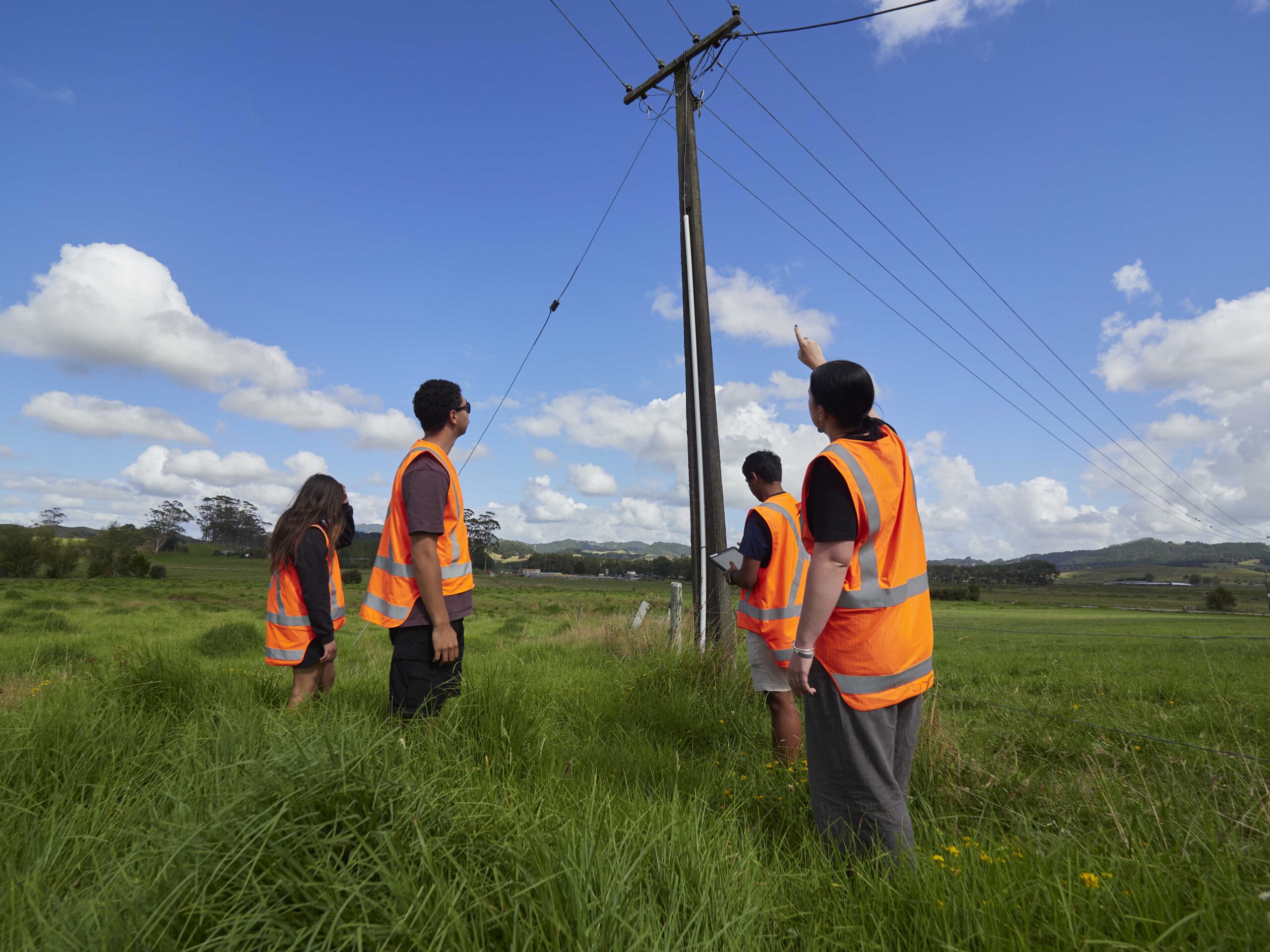
Download our safe working guide
We’ve put together a comprehensive guide to working safely near Northpower equipment that you can download and keep handy.

